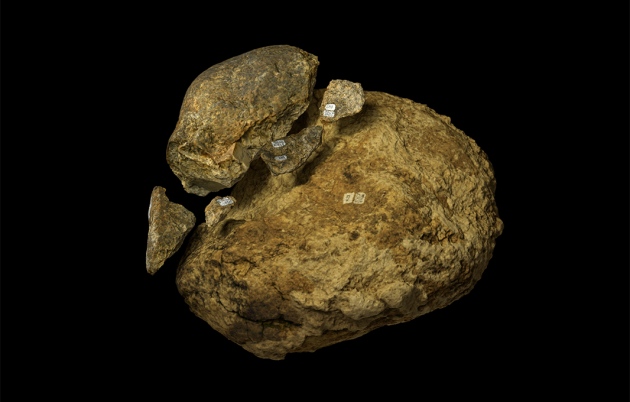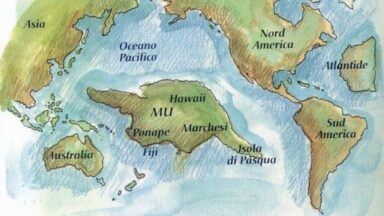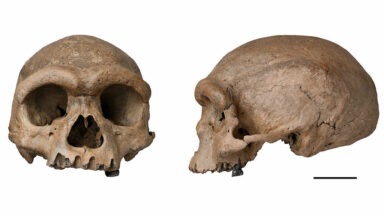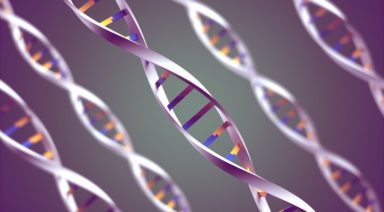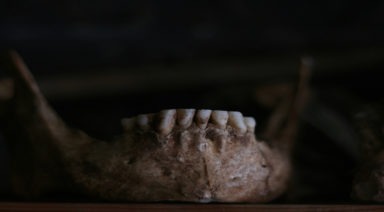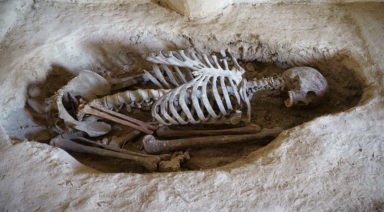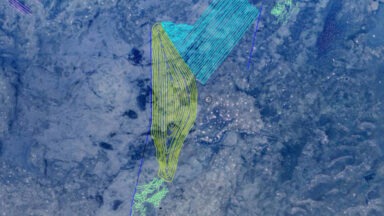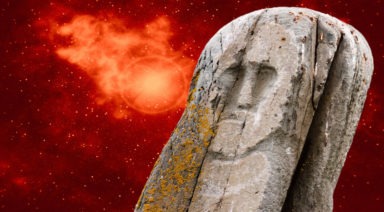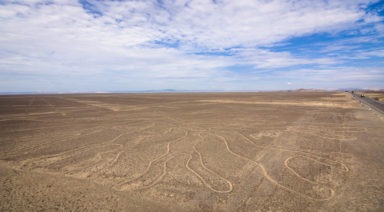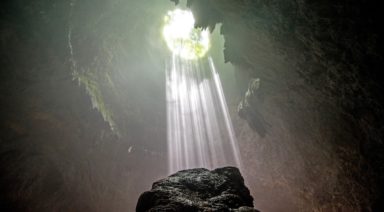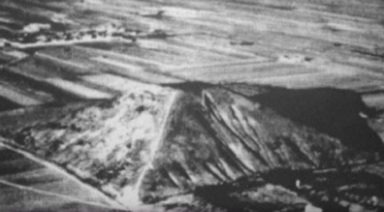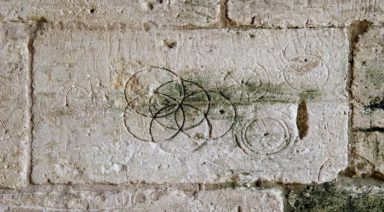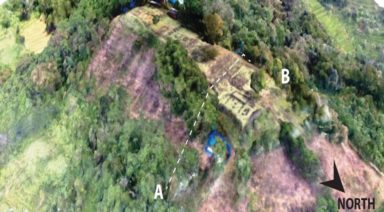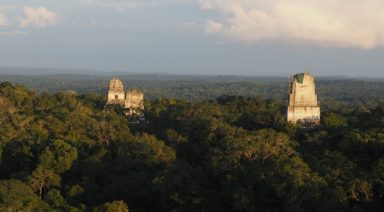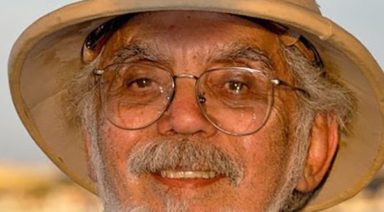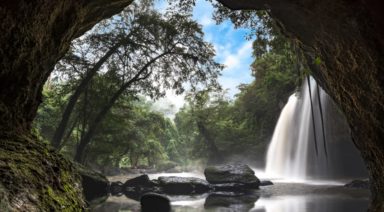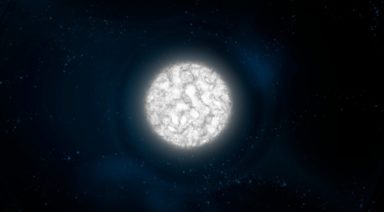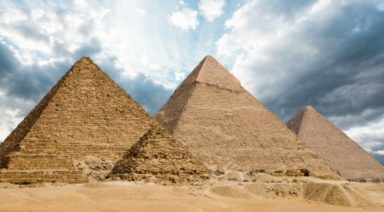When Did the Americas Actually Become Inhabited?

Earlier Migration
Theories surrounding how the Americas grew to become inhabited vary somewhat and have been challenged within relatively small margins of thousands of years. However, a new theory is disputing the preconception that our hominin ancestors arrived roughly 15,000 years ago, potentially drawing that date back 100,000 years or more.
A group of researchers in California found remains of animal bones appearing to have been crushed by stones at the hands of early hominids, as opposed to homo sapiens. The researchers say that their evidence is supported in the way the bones were crushed matching similar behavior and techniques by hominin tools of that era.
The bones were found during construction on a road in San Diego in 1992, whereafter an excavation, led by paleontologist Tom Deméré uncovered teeth and tusks of a mastodon that had been smashed, seemingly by a hammer and anvil stone.
Traditional theories hold that between 15-20,000 years ago, homo sapiens hunting large mammals crossed over a land bridge between what is modern day Siberia and Alaska over the Bering Strait. The team of researchers that discovered the bones was unable to extract any carbon for dating, but was able to use a method of radioactive dating that appears to hold up. But Deméré’s colleagues have had mixed reactions.
In an interview with the Washington Post, one fellow paleoanthropologist, recognized that their site, “contains less archaeological evidence than scientists would like before making a claim of this magnitude. But as someone who has spent her whole career looking at scratch marks and breakage patterns on bones, the evidence looks to her like it could be human modification.”
Ghost Populations
Although this traditional theory has been widely held, often new evidence will arise that adds layers and challenges it. One such example is in the “ghost populations” of esoteric tribes deep in the Brazilian Amazon whose members’ DNA can be traced back to Australasian ancestors. It is still unclear as to how these ancestral groups migrated and whether or not they assimilated with their Siberian counterparts, but the majority of Native American DNA can be traced to a single group, making this discovery more intriguing.
There are two tribes in particular from the Amazon, the Suruí and the Karitiana, whose lineage can be traced back to Papua New Guinea and Australia. The theory still holds that these ancestors crossed the same land bridge over the Bering Strait, however it is likely that they were pushed out in North America and much of South America by the more prominent migrants. This ancestral group, dubbed, “Population Y,” no longer exists in Asia.
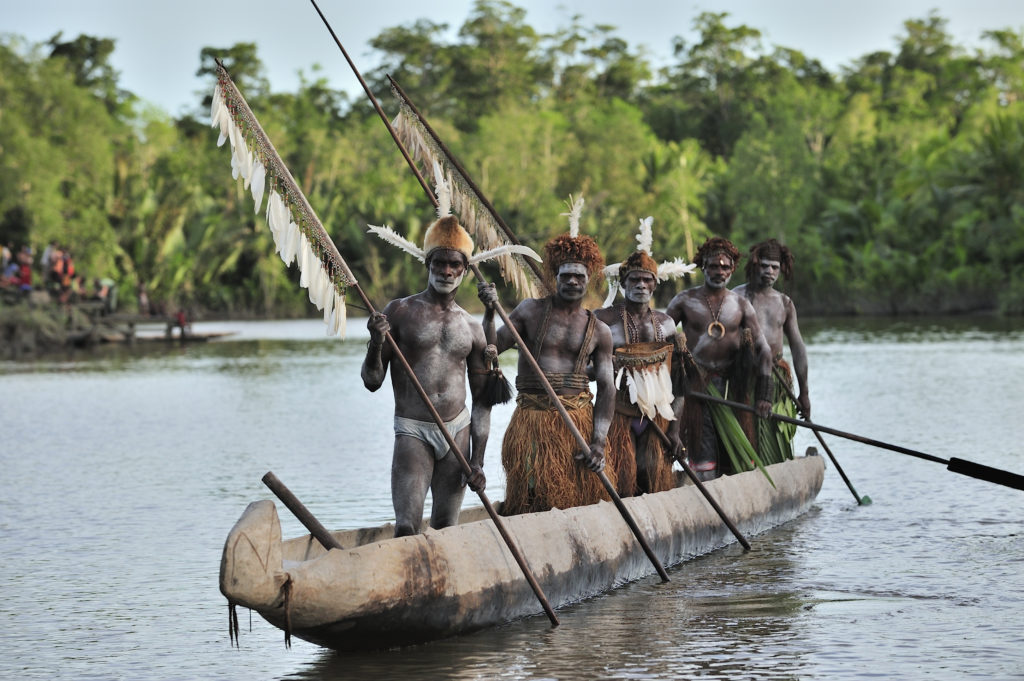
Archeological Debate
While the theory of the ghost population has been accepted, unsurprisingly, stalwarts of archeology are rejecting the new hypothesis of a significantly earlier migration. But Deméré insists there is a connection to similar patterns in which bones were struck at a particular angle that have been seen in instances of that era. He also claims to know of other sites that he believes may contain more evidence supporting his theory. Deméré and his team urge his colleagues to remain open to his hypothesis and not immediately dismiss it.
A skeptical colleague of the team, who says he has seen misinterpretations in similar cases in the past, told the Washington Post, “It is one thing to show that broken bones and modified rocks could have been produced by people. It is quite another to show that people, and people alone, could have produced those modifications.”
The diaspora of humans from the African continent is typically thought to have occurred less than 100,000 years ago, however human teeth found in China dating back 120,000 years could be evidence of an earlier migration. If the theory proves to be true, these ancestors could be either Neanderthal, Homo erectus or Denisovans, the latter being an extinct species that was found to have inhabited Siberia.
Turning Back Time
On the tiny Pacific island nation of Vanuatu people are looking back to find their future. This remote nation is one of the last remaining places on earth where true Stone Age culture and tradition persists.
The Story of Mu, the Lost Continent of the Pacific
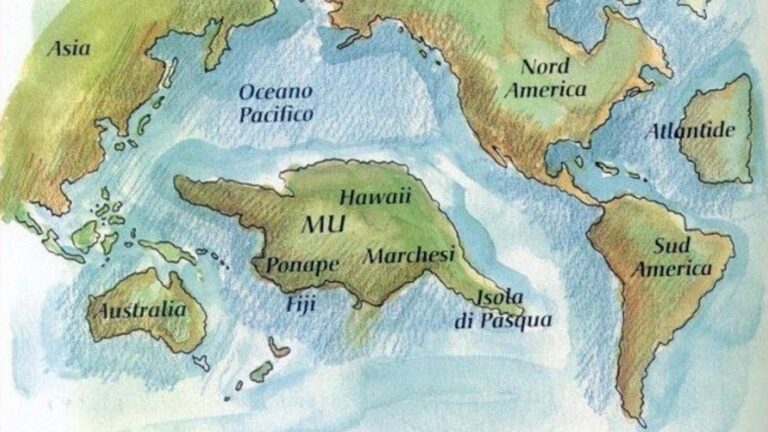
Mu was an ancient civilization that existed in a vast region of the Pacific Ocean, long before Lemuria or Atlantis. According to various traditions, it was a culture deeply connected with the energies of the planet and with a way of life centered on consciousness and balance. In this article, we explore what Mu was, its origins, evolution, and its role within the spiritual journey of humanity.
Table of Contents
- What Was the Continent of Mu?
- Origins and Evolution of Mu
- The Civilization of Mu and Its Main Characteristics
- Spiritual Society and Connection with the Divine in Mu
- Mu and Lemuria: Similarities and Differences
- The Fall of the Lost Continent of Mu
- The Legacy of Mu in Ancestral Cultures Around the World
What Was the Continent of Mu?
The Mu continent was a vast territorial expanse located in the Pacific Ocean, where flourished one of the oldest and least understood civilizations on the planet. Its existence dates back to a stage when Earth had a much subtler vibration, and life forms functioned in synchronicity with the energetic laws of the cosmos. Instead of building a society based on the material, the inhabitants of Mu cultivated a deep awareness of their connection with the whole.
Far from being an expansionist or technologically dominant culture, the Mu civilization represented a model that valued balance, introspection, and vibrational frequency as pillars of its existence. Daily life was organized according to natural cycles and the energetic perception of the environment. Every act carried a spiritual charge, from rituals to the simplest tasks, and each action was understood as a form of resonance with the universe.
This civilization has not left obvious physical traces, but its influence subtly persists in ancestral stories, symbols, and spiritual teachings that appear across different cultures of the world. The marks of its wisdom can be recognized in ceremonial practices and knowledge about energy that point to an ancient humanity, connected with the divine through vibration and intention.
Origins and Evolution of Mu
The origins of the island of Mu go back to a stage when Earth was just beginning to stabilize its energetic field. According to different accounts, its first inhabitants did not arrive in ships or by physical means, but rather descended as forms of consciousness from subtler planes. They manifested gradually, adapting their existence as Earth’s vibration became denser.
At first, life in Mu was predominantly etheric. The beings of this civilization communicated through frequencies, perceived their environment in an expanded way, and did not need complex material structures. Matter was not a limitation, but a transitory tool. Over time, they began to organize around energetic centers from which they sustained the balance of the planet.
The evolution of Mu was not focused on external development but on inner refinement. Their purpose was not to conquer or accumulate power, but to act as guardians of a stable frequency that would benefit all humanity. Their technology was based on vibration, geometry, and a harmonious relationship with the natural elements. They did not build to dominate, but to amplify consciousness.
In the series Initiation, available on Gaia, Mu is described as a key civilization at the dawn of human history. It is explained there how this culture functioned as a bridge between higher planes of consciousness and physical experience, preparing the way for the appearance of civilizations such as Lemuria and Atlantis.
The Civilization of Mu and Its Main Characteristics
The civilization of Mu developed in a state of constant balance between the physical and the subtle. Their way of life was not governed by structures of power or material hierarchies, but by collective vibration and respect for natural cycles. Everything in their society responded to an energetic logic, and their organization reflected a deep knowledge of the universal flow.
- Vibrational consciousness: The inhabitants of Mu lived guided by the energetic frequency of the environment. Every act was measured by its vibrational impact, not by its material result.
- Nonverbal communication: The transmission of information took place through vibration, mental imagery, or sensation. Spoken language was secondary or nonexistent.
- Temples as energetic nodes: The structures were not ordinary buildings but centers of alignment with the planetary energy grid. They functioned as anchoring points of consciousness.
- Direct relationship with the elements: They not only venerated nature but interacted with it consciously. Water, fire, air, and earth were living forces with which they collaborated.
- Horizontal organization: There were no permanent figures of authority. Decisions were made by group resonance, following the wisdom of the shared energetic field.
- Interdimensional mobility: Some accounts suggest they had the ability to move between planes of reality—not by technological means, but through expansion of consciousness.
- Collective memory: Knowledge was not stored in objects or texts, but in the vibratory field of the group. Each member could access the shared wisdom through inner connection.
Spiritual Society and Connection with the Divine in Mu
Spirituality was not an isolated aspect of life in Mu: it was the base on which the entire experience was built. There were no institutionalized religions or intermediaries between beings and the divine. Each individual was considered a direct expression of universal consciousness, and daily life was a constant practice of sacred connection.
Rituals did not follow dogma or tradition but were conscious acts of energetic alignment. Everything had a vibrational purpose: from the ways of inhabiting, to sounds and movements. Through breathing, visualization, and intention, the people of Mu cultivated states of deep unity with creation.
This connection with the divine was not experienced as a distant goal, but as a present reality. Living in Mu meant recognizing that each thought generated form, that every action was an extension of the spirit, and that all matter was an expression of energy. This understanding guided every aspect of their civilization, in perfect coherence between consciousness and form.
Mu and Lemuria: Similarities and Differences
Both Mu and Lemuria were deeply spiritual civilizations, born at a time when humanity was more connected to the subtle dimensions of existence. Both shared a worldview based on energy, resonance, and harmony with nature. However, their way of life and their purpose had different nuances that set them apart.
Mu represented a more etheric and contemplative state. Its society was centered on sustaining a stable planetary frequency, functioning as a point of global balance. Lemuria, on the other hand, was a civilization more developed on a structural level, with greater interaction with other cultures and a practical focus on the use of vibrational technologies.
While Mu prioritized silence, inwardness, and attunement with higher planes, Lemuria organized itself into cities and transmitted knowledge through spiritual schools. Mu was the energetic foundation, Lemuria the conscious expansion. Both played an essential role in humanity’s evolution, but from different levels of the same path.
The Fall of the Lost Continent of Mu
The disappearance of Mu was not the result of war or internal collapse, but of a change in the vibration of the planet. As Earth’s energetic field became denser, the civilization of Mu—whose existence was based on subtle frequencies—began to dissolve. Matter gained prominence, and the consciousness that inhabited that plane could no longer be sustained under the new conditions.
There is talk of tectonic shifts, tidal waves, and geological transformations that may have altered the surface of the Pacific Ocean, causing much of Mu’s territory to sink. However, beyond the physical causes, what occurred was a vibrational transition: a stage of human consciousness came to an end, giving way to a more material one, with new lessons to integrate.
Before its dissolution, many of its inhabitants managed to relocate to other regions of the planet, carrying with them the seed of their wisdom. Their legacy was not destroyed but distributed. Fragments of that memory were imprinted in the energy of different places, ready to be awakened by future cultures that could recognize that frequency.
The Legacy of Mu in Ancestral Cultures Around the World
Although the civilization of Mu disappeared as an organized structure, its influence is still alive in different ancestral cultures that preserve fragments of its knowledge. In many Indigenous traditions, especially from Asia, Oceania, and the Americas, there are symbols, myths, and practices that reflect a similar understanding of the world to that which existed in Mu. It is not a copy, but a vibrational echo that continues to transmit its essence.
The ceremonial use of the elements, the construction of temples in energetic points, and the conception of the human being as a channel of universal energy are common aspects between these cultures and the wisdom of Mu. Also, the idea that knowledge is not transmitted only with words, but can be activated internally through resonance. These similarities are not coincidences—they are vestiges of the same original source.
In a world that values speed and accumulation, the memory of Mu invites us to return to the essential: the connection with the energy that sustains all form and the wisdom of living in harmony with it. It is not about reconstructing the past, but about remembering a way of existence where the spiritual and the everyday were not separate. Mu leaves us with a silent but powerful teaching: when life is organized from inner coherence, balance is not a distant ideal, but a possible experience.

